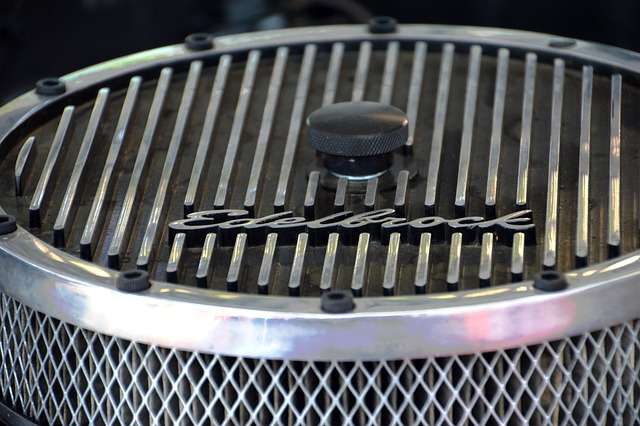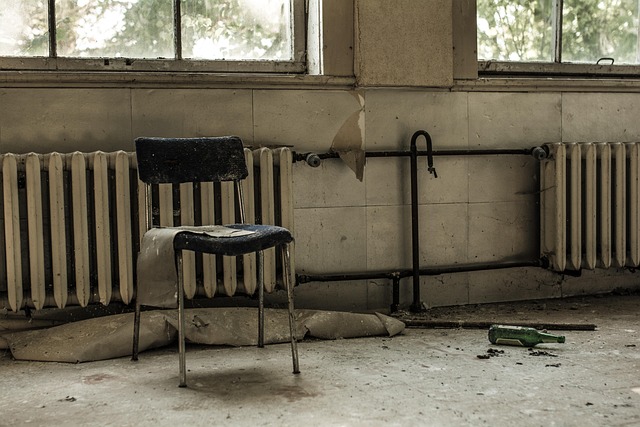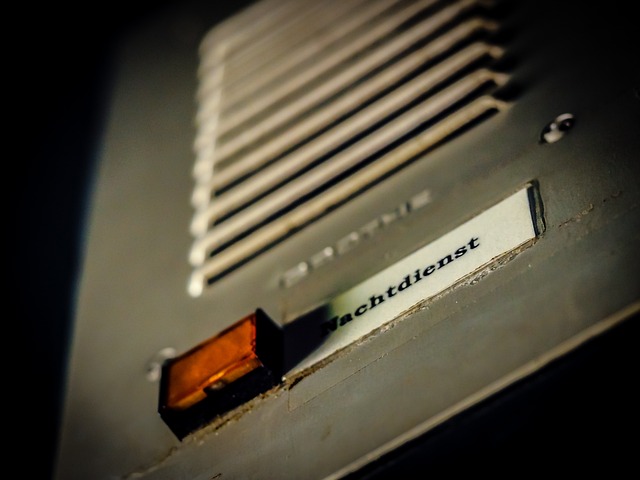Radiator bleeding service is vital for efficient heating in apartment buildings, addressing air trapped within radiators that reduces performance and causes overheating. By regularly opening specific valves to release air bubbles, this maintenance ensures optimal heat circulation, lower energy consumption, and extends system lifespan. While DIY methods can help, complex issues require professional radiator bleeding services for safe, effective solutions.
In many urban apartments, radiators are a vital heating source. However, they may require periodic “bleeding” to remove air bubbles, ensuring efficient warmth distribution. This comprehensive guide tackles the intricate process of radiator bleeding, from understanding the basics and common reasons behind it to step-by-step instructions for a successful procedure. We’ll also cover common issues, troubleshooting tips, and when to hire a professional radiator bleeding service.
- Understanding Radiator Bleeding: Basics and Reasons
- Step-by-Step Guide to Radiator Bleeding Process
- Common Issues and Troubleshooting Tips for Bleeding
- When to Hire a Professional Radiator Bleeding Service
Understanding Radiator Bleeding: Basics and Reasons

Radiator bleeding is a process that addresses an issue common in apartment buildings: air trapped within radiators, leading to reduced heating efficiency. This occurs due to various factors, primarily related to the age and condition of the radiator system. Over time, old radiators can accumulate air bubbles, hindering proper heat circulation. The primary reasons for radiator bleeding include corrosion, rust buildup, and poor installation practices.
A radiator bleeding service is designed to resolve this problem by removing the trapped air, ensuring optimal heating performance. It involves carefully opening specific valves and allowing air to escape from the system. By addressing radiator bleeding, residents can experience improved room temperatures, reduced energy consumption, and enhanced overall comfort during colder months. This process, often recommended for older apartments, is a vital maintenance step for efficient heating systems.
Step-by-Step Guide to Radiator Bleeding Process

Bleeding radiators is a process that ensures your heating system operates efficiently and effectively. This step-by-step guide will help you navigate the home radiator bleeding process, a skill every homeowner should possess to avoid costly plumber Bromsgrove visits. Start by turning off the main valve that supplies hot water to your radiator. This is typically located near the water meter or in an accessible closet. Next, locate the bleeder valve on the radiator itself—it’s usually at one end and has a small screw-on cap. Loosen the cap using a suitable tool, like a pliers or wrench, being cautious not to overtighten it when tightening back after bleeding.
Once the bleeder valve is opened, allow air to escape by releasing pressure from the system. You might hear a rush of air and see water begin to flow out. Keep the valve open until clear, cold water starts flowing, indicating that all air has been removed. Close the bleeder valve tightly and then turn on the main supply valve. Now your radiator is ready for use, with any trapped air or moisture expelled, which can help prevent radiator corrosion over time.
Common Issues and Troubleshooting Tips for Bleeding

When it comes to common issues with radiators in apartments, bleeding is a frequent problem that can lead to inefficient heating and even damage if left unresolved. Bleeding occurs when air becomes trapped within the radiator’s system, causing hot water to circulate unevenly and potentially leading to excessive energy consumption and overheating. This issue is often overlooked but can be easily addressed through proper troubleshooting.
A local radiator bleeder or DIY radiator recirculation method can help prevent these problems. Start by identifying the source of the air pocket—it could be a valve, pipe, or even a loose connection. Once located, carefully bleed the system by opening the relevant valve to release the trapped air. Regular maintenance and quick action when bleeding issues arise are key to ensuring your radiator functions optimally, prevents overheating, and extends the life of your heating system.
When to Hire a Professional Radiator Bleeding Service

If the issue persists or if your radiators are particularly old and complex, it’s advisable to hire a professional radiator bleeding service. While many DIY enthusiasts might be tempted to attempt radiator repair tips like recirculation methods (a DIY radiator recirculation could help), certain situations demand expert intervention. Overheating radiators, for instance, could indicate underlying problems that require specialized knowledge to diagnose and fix safely. A professional service not only ensures efficient radiator bleeding but also provides valuable insights into the overall health of your heating system. By preventing radiator overheating, they can save you from costly repairs in the long run.
Bleeding radiators in apartments is a process that, while potentially tricky, can be efficiently managed with the right knowledge. Understanding the basics of radiator bleeding and its common reasons equips tenants with valuable insights. Following the step-by-step guide ensures a successful outcome, while troubleshooting tips help address common issues. For more complex cases or when time is limited, considering a professional radiator bleeding service is advisable. This comprehensive approach guarantees your apartment’s heating system operates at peak performance.
